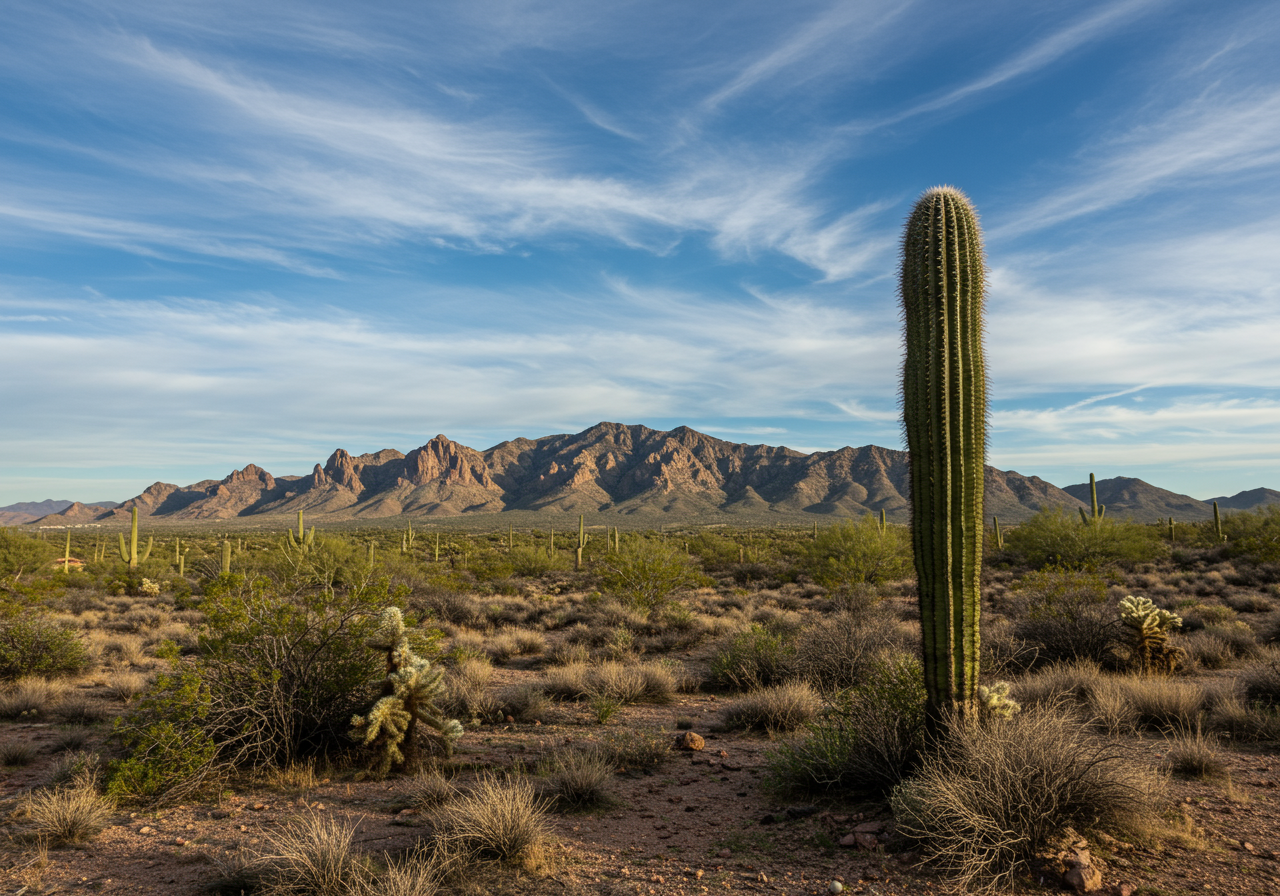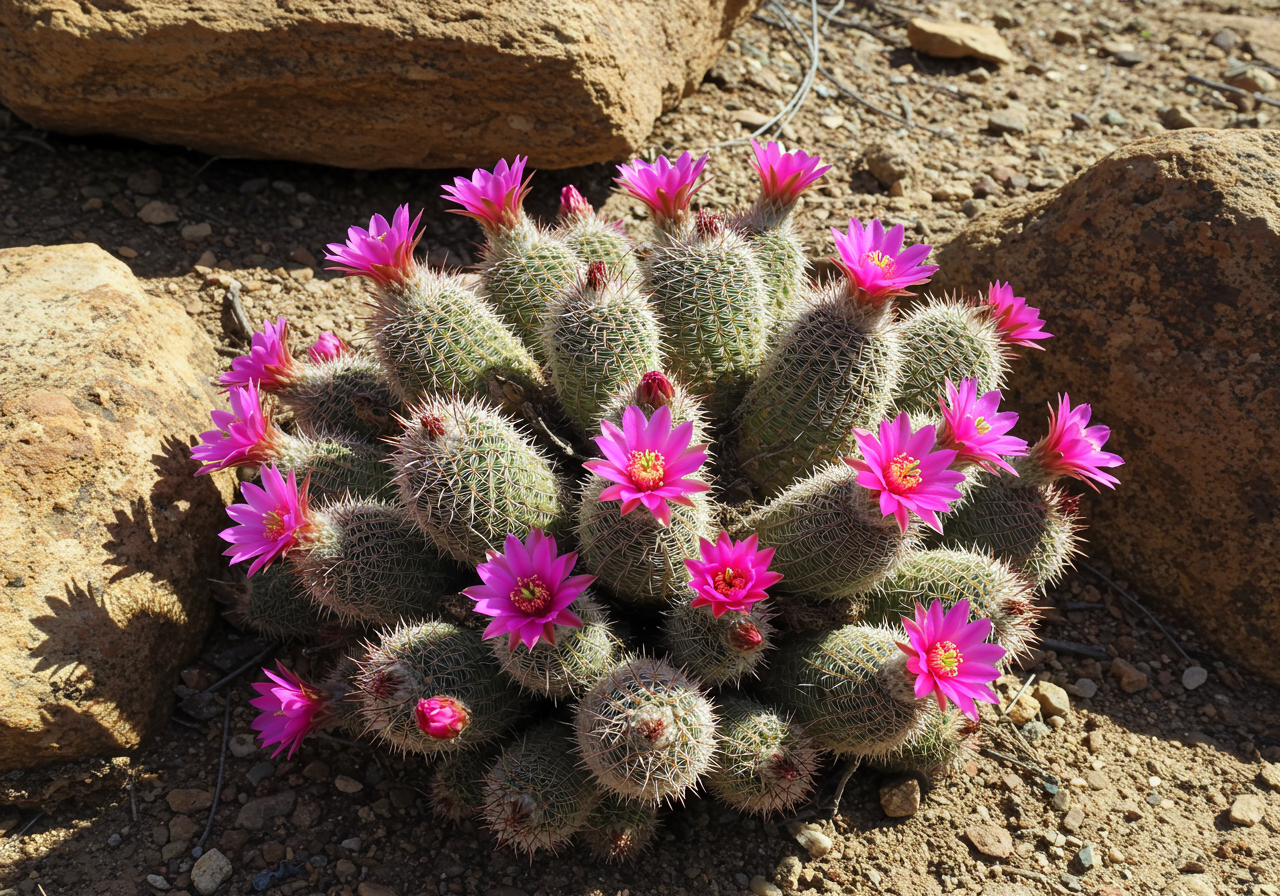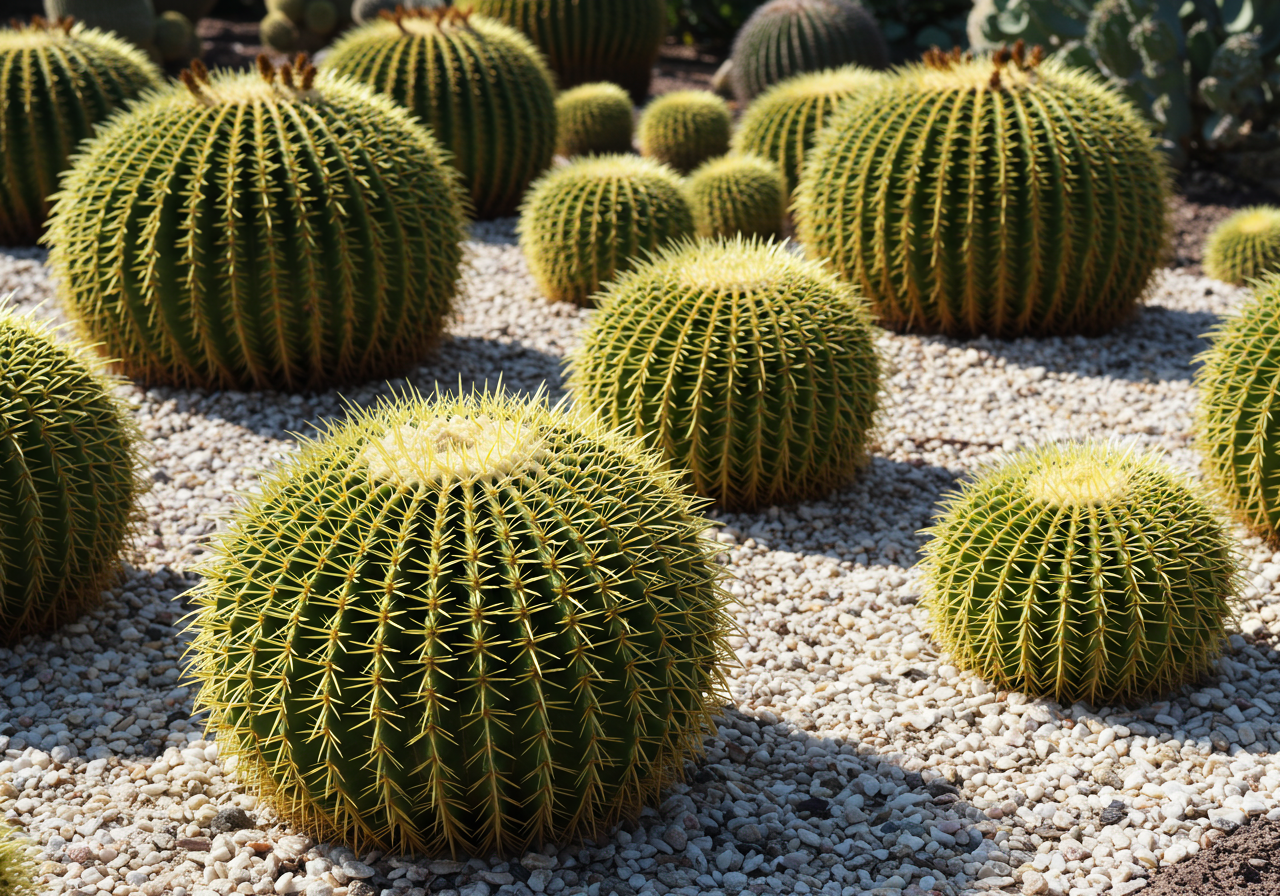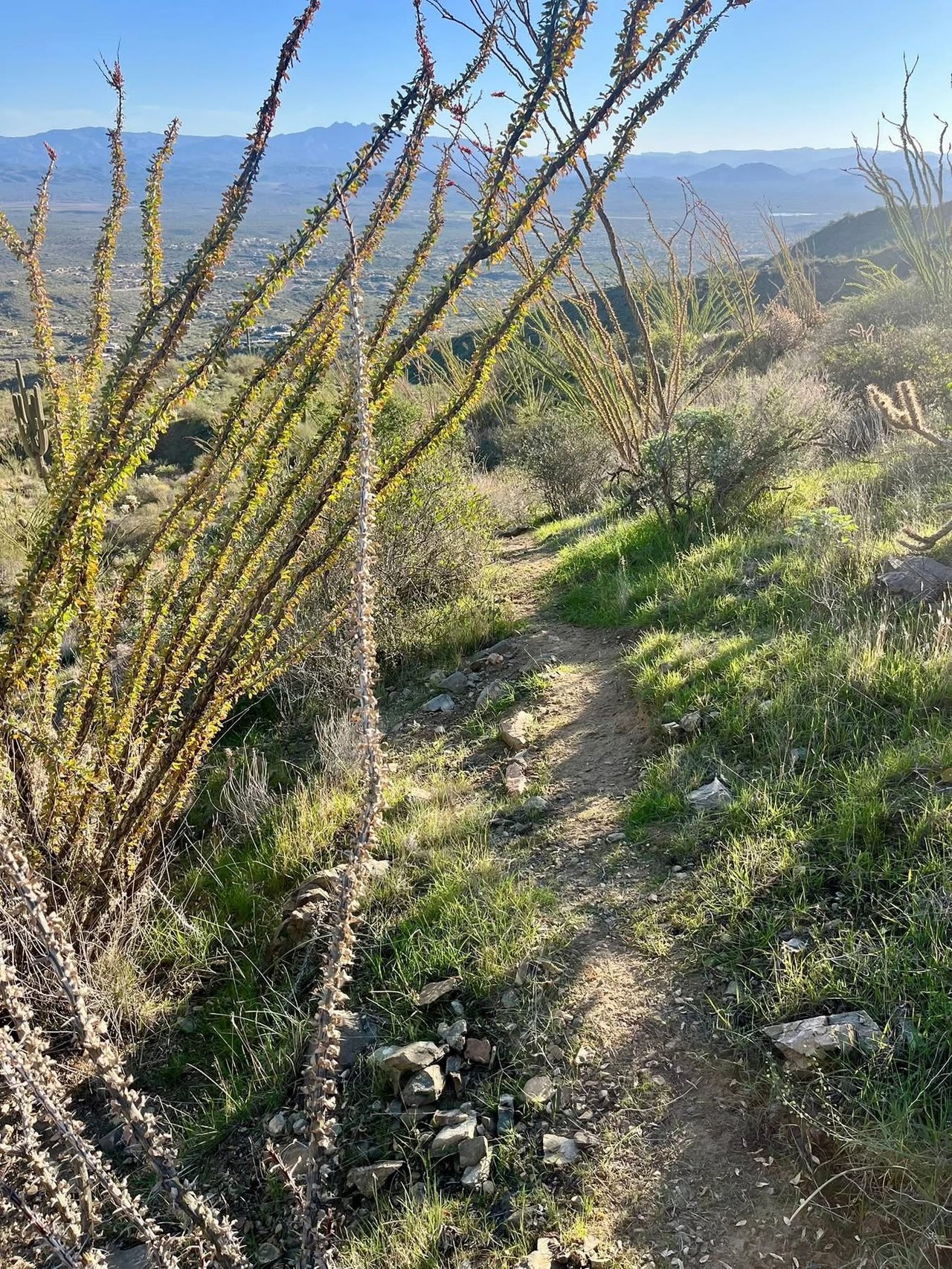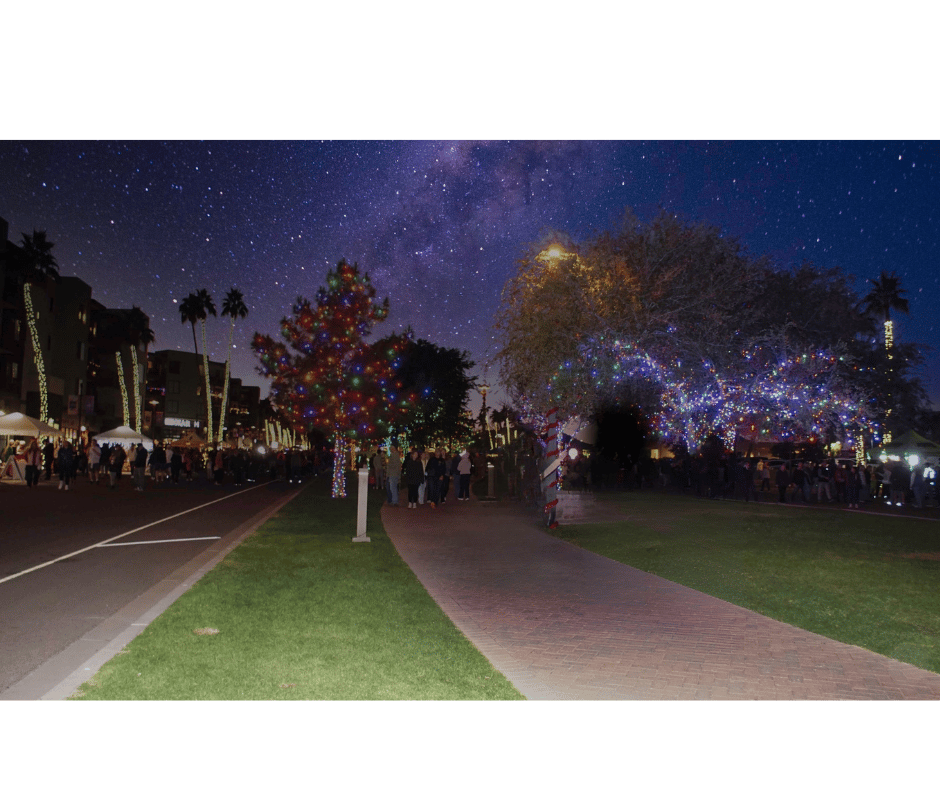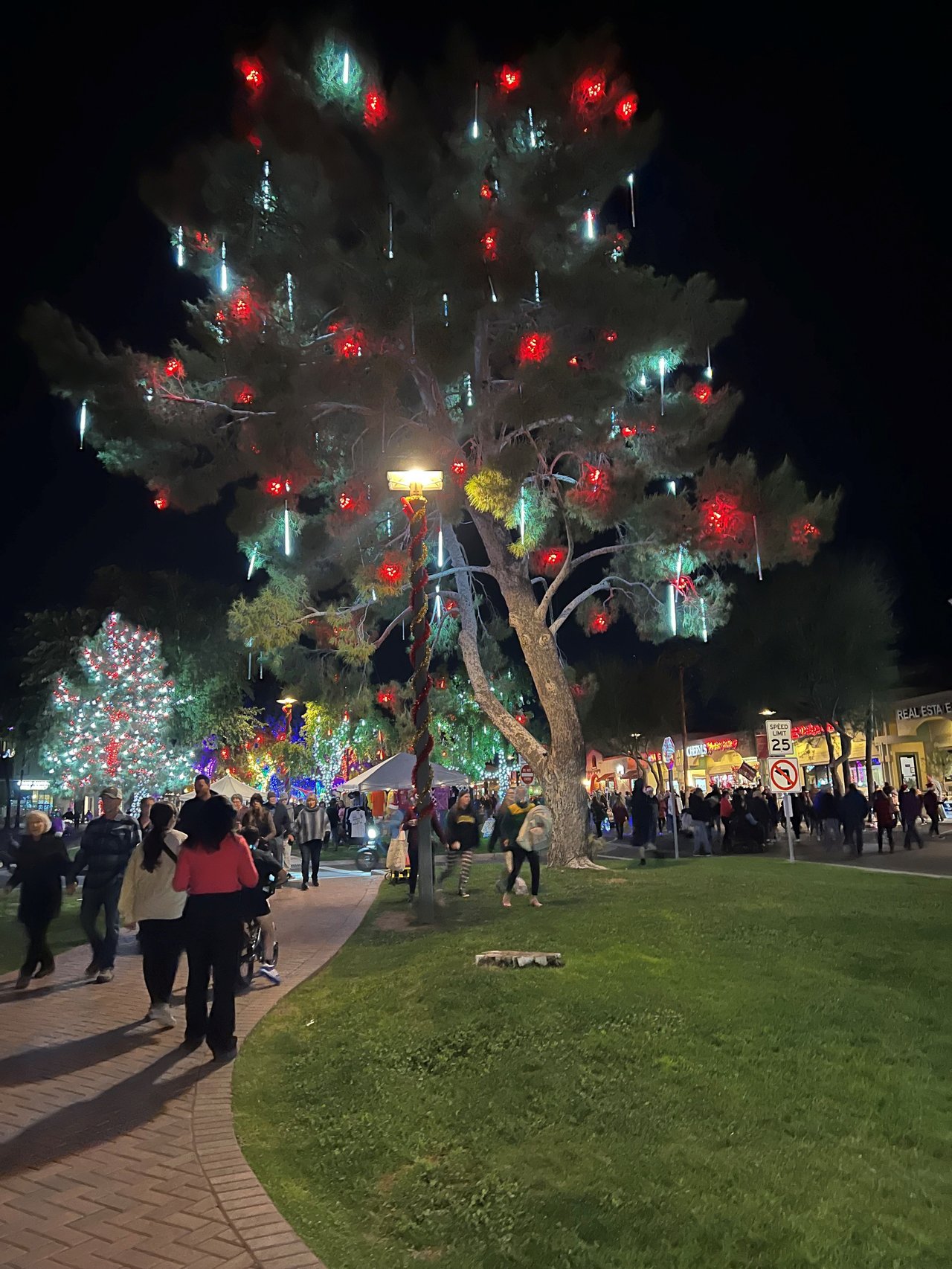The Sonoran Desert is well-known for its large variety of cacti. While they grow rampant in the open desert, they are also common in yards that use native landscapes. Here are a few of our common cacti.
SAGUARO
2222584 – saguaro in superstition wilderness.
A saguaro can live beyond 150 years, but it takes 75-100 years to grow their first arm if one grows at all. When it is fully hydrated, it can weigh over 4,000 pounds, getting its support from inner woody ribs. The white, waxy flowers open after sunset and close in midafternoon. These blossoms are Arizona’s state wildflower.
PRICKLY PEAR
Prickly pear cactus is one of the most popular desert cacti because of its delicious, magenta fruit used in candies, jellies, syrups, and cocktails. The green, pancake-like pads, called nopales, are also edible and highly nutritious.
CHOLLA
There are many varieties of cholla cactus, but most have a reputation for sticking to skin, fur, and clothing with their barbed spines that can spring when disturbed. They appear as ground creepers, shrubs, or trees standing anywhere from 1-15 feet in height. Watch out when hiking or taking your dog for a walk.
HEDGEHOG
This succulent earned its name because of its short, spiny stems that resemble hedgehogs. The flowers range from pink to lavender, opening in the morning and closing at night. Edible fruit with a strawberry taste appears after flowering.
BARREL
These cacti grow about 3-4 feet in height with pronounced ribs and long spines, living to over 100 years. Yellow or orange flowers appear on top after many years of maturing. Pineapple-shaped fruit may form after flowering, but it is dry and bitter to taste.
ORGAN PIPE
With a height up to 25 feet, the organ pipe-shaped branches grow upward instead of branching out. Older plants grow three-inch-long funnel-shaped flowers that open at night and close by morning with pollination accomplished by bats. Tennis ball-sized fruit grows that tastes like watermelon.


